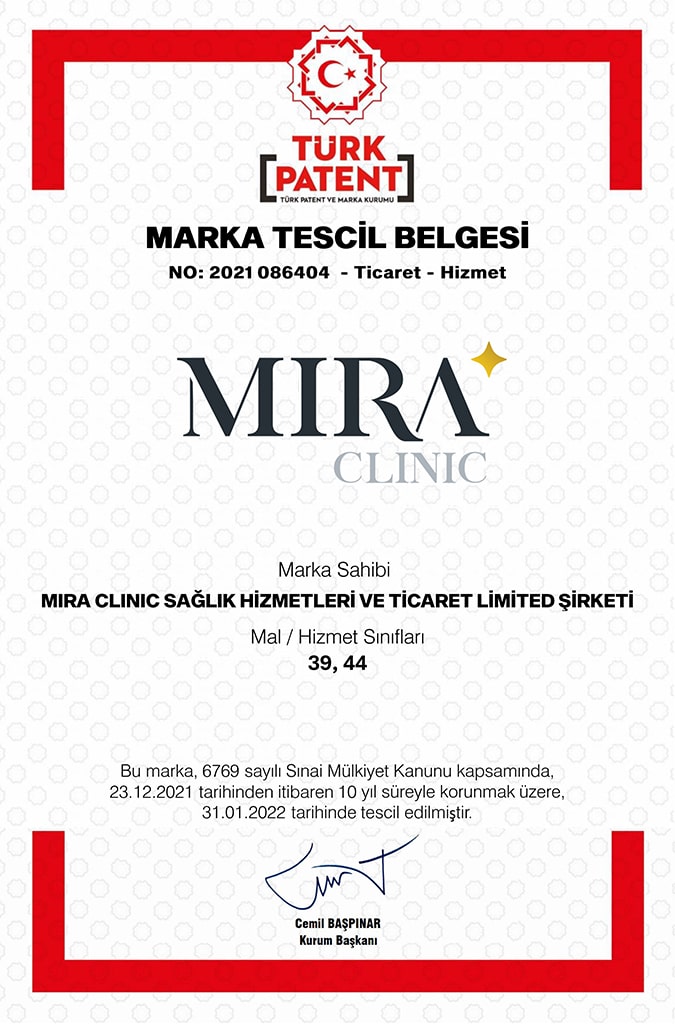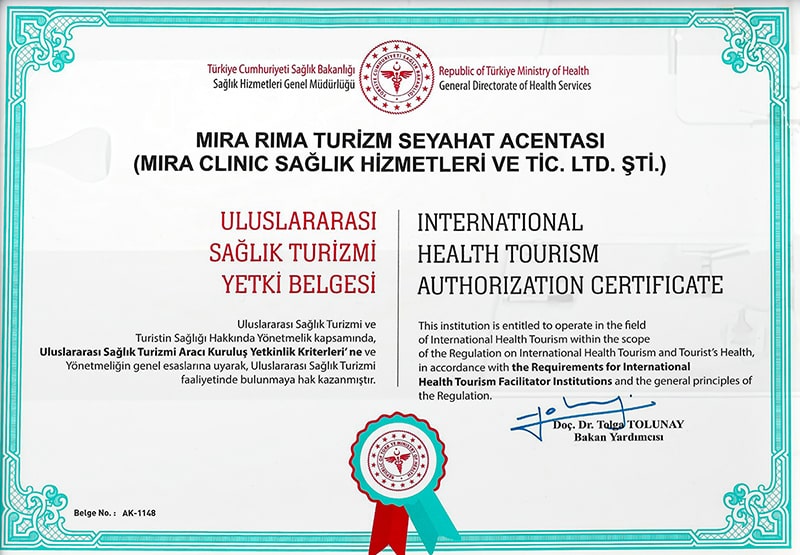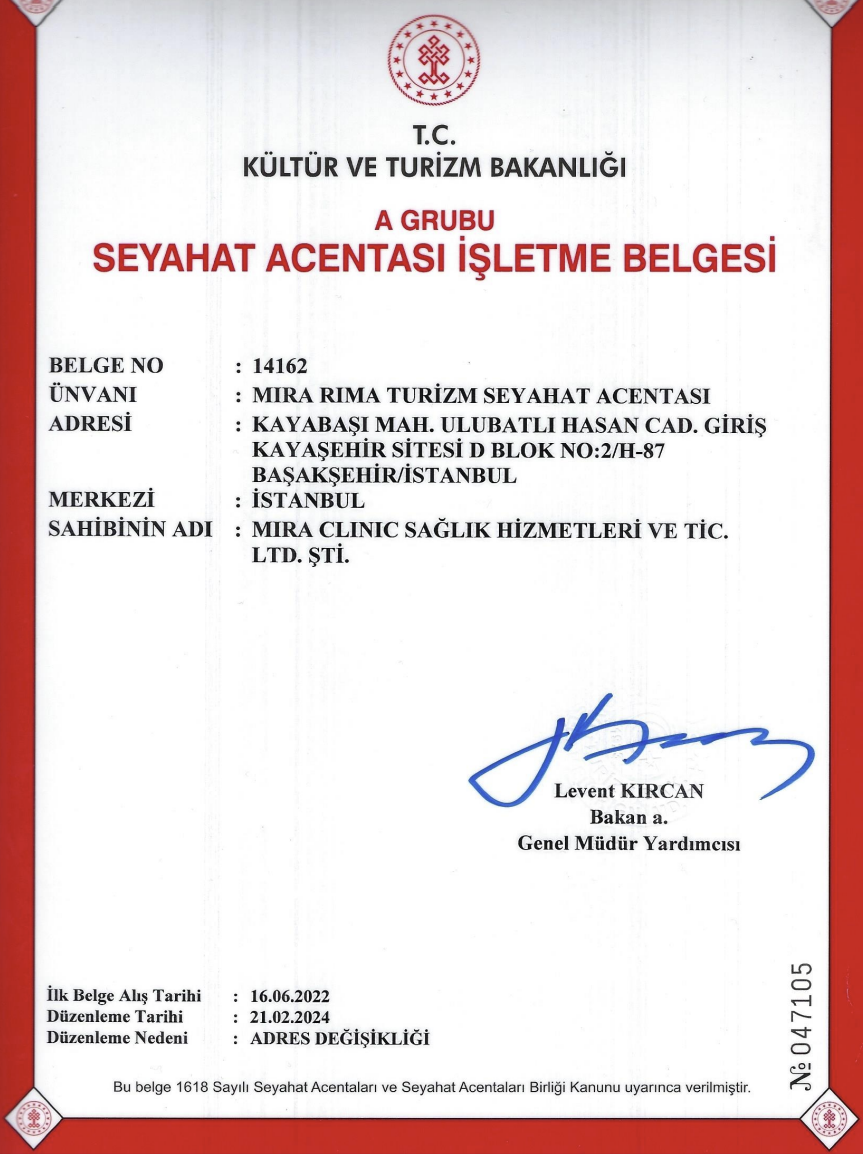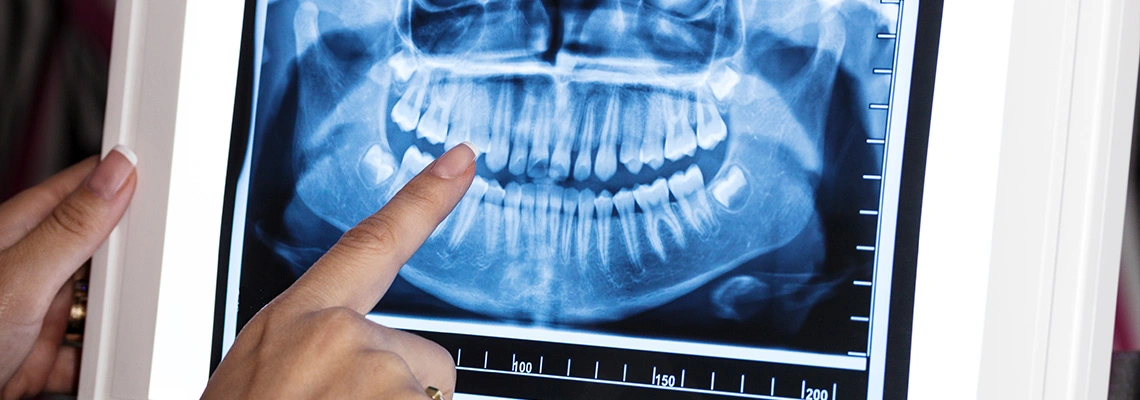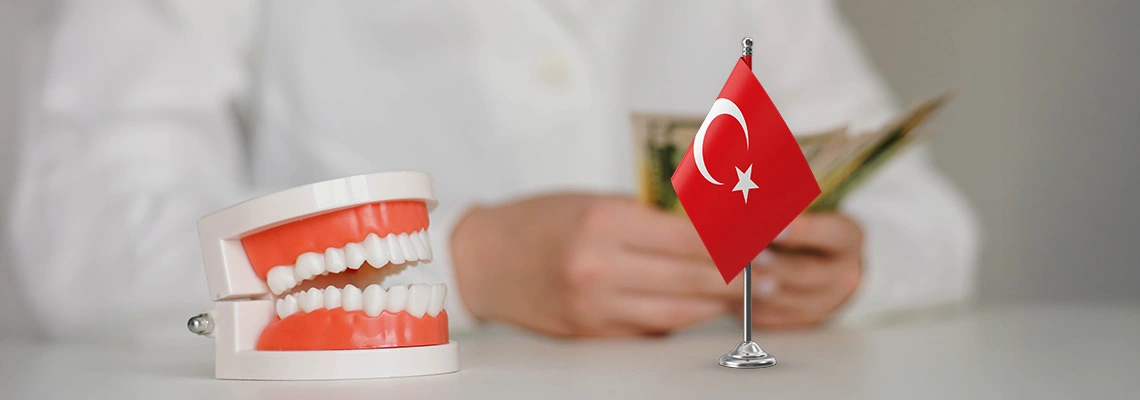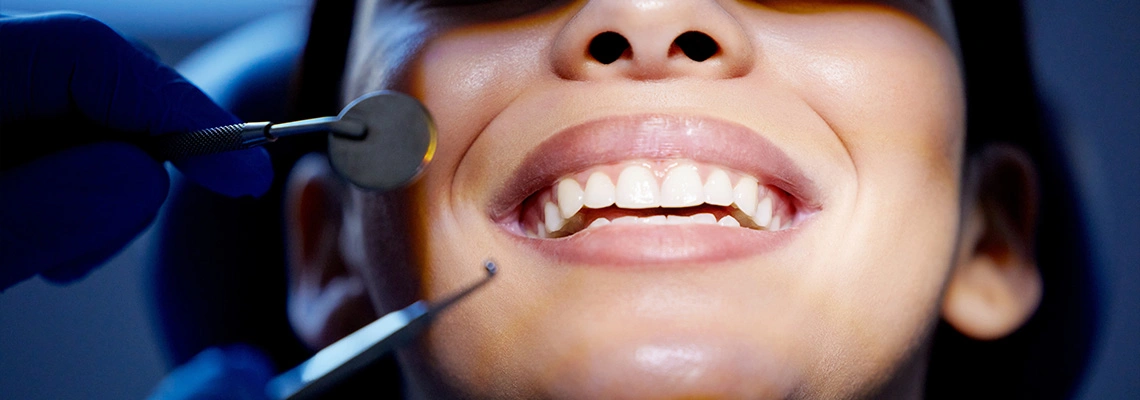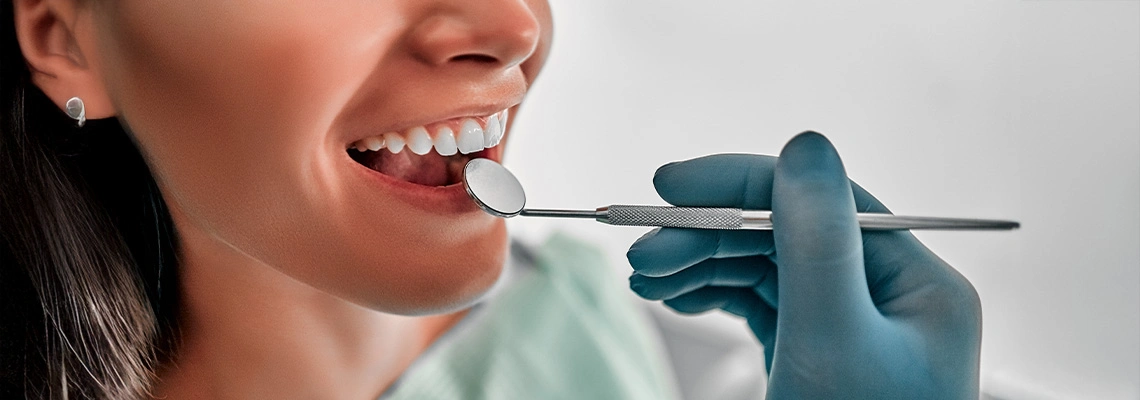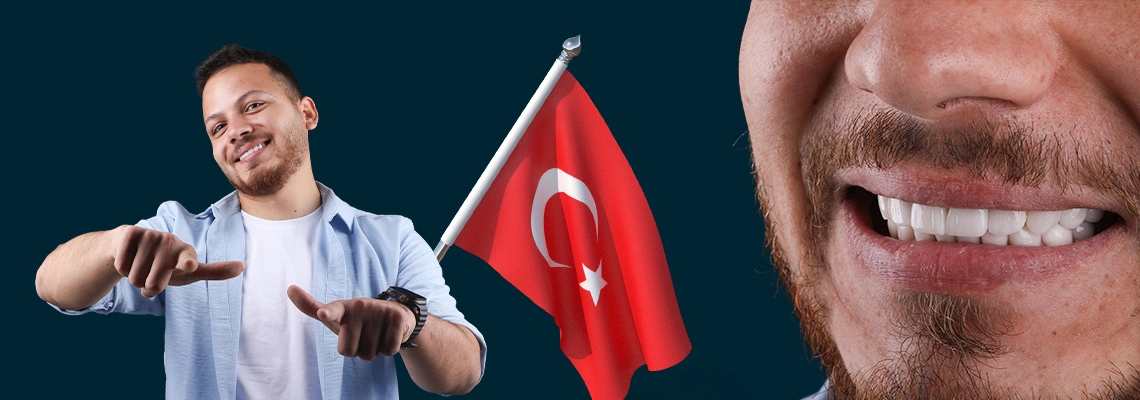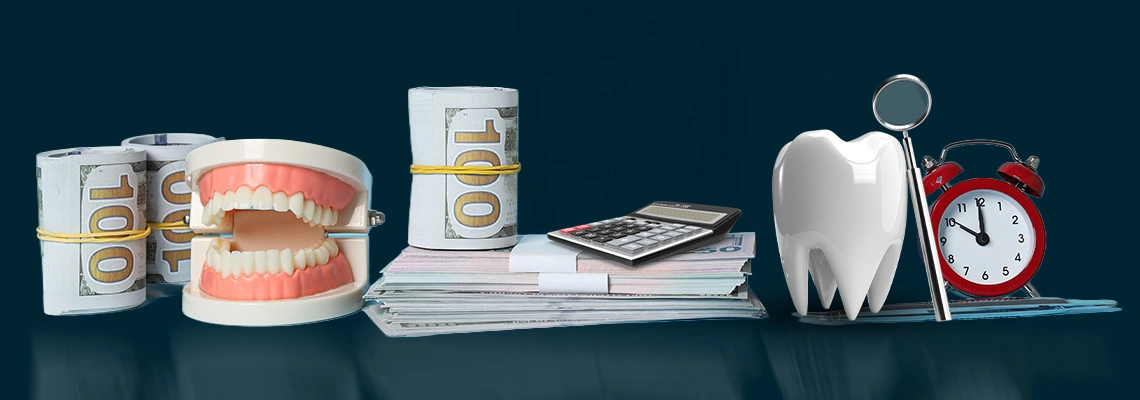Many people who suffer from hair loss are wondering about the popular and best hair transplant techniques in Turkey, to achieve better and more guaranteed results. Hair transplantation can restore the appearance and confidence of people who suffer from hair loss for various reasons, such as genetics, aging, hormones, diseases, or injuries.
Turkey is one of the leading hair transplant destinations in the world, attracting hundreds of thousands of patients every year. In this article, we will present some of the most famous and best hair transplant techniques in Turkey, and compare their advantages and disadvantages. So please continue reading with us.
Table of contents:
- What are the best hair transplant techniques in Turkey?
- DHI hair transplant
- Advantages of DHI hair transplant
- Fue hair transplant
- Benefits of Fue hair transplant
- Sapphire hair transplant
- Advantages of Sapphire hair transplant
- Berkutan hair transplant
- Benefits of Berkutan hair transplant
- What is the latest technique in hair transplant?
- FUT vs FUE hair transplant
- Is FUE or DHI better?
- What is the fastest hair transplant technique?
- How to choose the best hair technique for your situation?
- Why should you do a hair transplant in Turkey?
- Hair transplant at Mira clinic in Istanbul, Turkey
What are the best hair transplant techniques in Turkey?
Learn with us about the best hair transplant techniques in Turkey:
DHI Hair Transplant
DHI stands for Direct Hair Implantation, and it is one of the most advanced and minimally invasive hair transplant techniques. DHI uses a special device called a Choi Implanter Pen, which has a hollow needle at the tip. The doctor extracts the hair follicles one by one from the donor area and then inserts them directly into the recipient area, without making any incisions or holes. This way, the doctor can control the depth, direction, and angle of each hair follicle, creating a natural and dense hairline.
Advantages of DHI Hair Transplant
- Only the donor region needs to be shaved in DHI. The entire head is not necessary. For those who wish to maintain their hair's length and style, this makes it appropriate.
- As DHI involves neither cutting nor suturing, it leaves no visible scars or stitches. Compared to other techniques, DHI allows the doctor to implant more hair follicles in a smaller area, resulting in higher density and coverage, and the healing process is quicker and less painful. DHI can also be used to transplant hair into the chest, beard, or eyebrows, among other areas of the body.
- Because DHI combines extraction and implantation into a single procedure, the hair follicles are exposed to less time outside of the body, minimizing the risk of infection, bleeding, or damage.
Related articles:
FUE Hair Transplant
FUE stands for Follicular Unit Extraction, and it is one of the most common and popular hair transplant techniques. FUE involves extracting individual hair follicles from the donor area, using a small punch tool that makes tiny circular incisions around each follicle. The extracted hair follicles are then stored in a special solution until they are ready to be implanted into the recipient area, where tiny holes are made with a needle or a blade. The doctor then places the hair follicles into the holes, following the natural direction and angle of the hair.
Benefits of FUE Hair Transplant
-
FUE is considered a minimally invasive procedure since it doesn't require scalp incisions or stitches. Little or no scars are left behind because the holes and incisions close up quickly.
-
FUE is a versatile technique that can be used to transplant hair to any area of the body or scalp. To enhance the outcome, it can be combined with other techniques like Sapphire FUE or Berkutan FUE, which employ various instruments or techniques.
-
Because there is a minimal chance of complications like bleeding, infection, or nerve damage, FUE is a safe and effective procedure. The outcomes are long-lasting and natural, and the hair follicles have a high survival rate.
-
Compared to DHI or other techniques, FUE is a more affordable technique.
Sapphire Hair Transplant
Sapphire hair transplantation is a variant of FUE that involves drilling holes in the recipient area with a special tool called a sapphire blade. Made of sapphire, a gemstone prized for its hardness and durability, the blade's tip is smooth and sharp. Sapphire blades enable physicians to transplant more hair follicles in a smaller area, resulting in a more natural, dense hairline. Sapphire blades are smaller, finer, and more precise than standard needles and blades.
Advantages of Sapphire Hair Transplant
- Because a sapphire hair transplant can implant up to 50–60 grafts—more hair follicles per square centimeter—than FUE, it can achieve higher densities and coverage. This makes it appropriate for those who have large areas of baldness or thinning hair.
- a sapphire hair transplant can follow the natural direction and angle of the hair and avoid any unnatural gaps or patterns, so, it can produce a more beautiful and natural result than FUE. The Sapphire Blade can also be used to enlarge the holes, which will improve the appearance of the hair and lessen the visibility of the scalp.
- Compared to FUE, sapphire hair transplants can result in smaller, smoother holes that heal more quickly and cause less trauma to the scalp, which can shorten recovery times and lower the risk of complications. Because the Sapphire Blade is sterile and bacteria-resistant, it can also stop any infection or inflammation.
Berkutan Hair Transplant
A type of FUE procedure called the Berkutan hair transplant implants hair follicles into the scalp using a specialized device. One follicle can be held and inserted at a time by the device's hollow needle. Using a plunger, the physician removes the follicles from the donor area and transfers them to the apparatus. Without causing any skin cuts, the tool presses the follicles into the scalp. Each follicle's depth, angle, and direction of insertion into the scalp are all under the doctor's control. The physician will be able to create a thick hairline that looks natural in this way.
Benefits of Berkutan Hair Transplant
-
When undergoing a Berkutan hair transplant, only the donor area of the head needs to be shaved.
-
No cuts or sutures are made during the Berkutan hair transplant procedure, so no wounds or stitches are left behind. The healing process is quicker and less painful than with other methods.
-
With a Berkutan hair transplant, a physician can achieve greater density and coverage by implanting more hair follicles in a smaller area. Hair restoration for the chest, beard, and eyebrows can also be accomplished through hair transplants utilizing the Berkutan technique.
-
Because the extraction and implantation are completed in one step, minimizing the amount of time the hair follicles are outside the body, Berkutan hair transplants have a lower risk of infection, bleeding, or damage to the hair follicles.
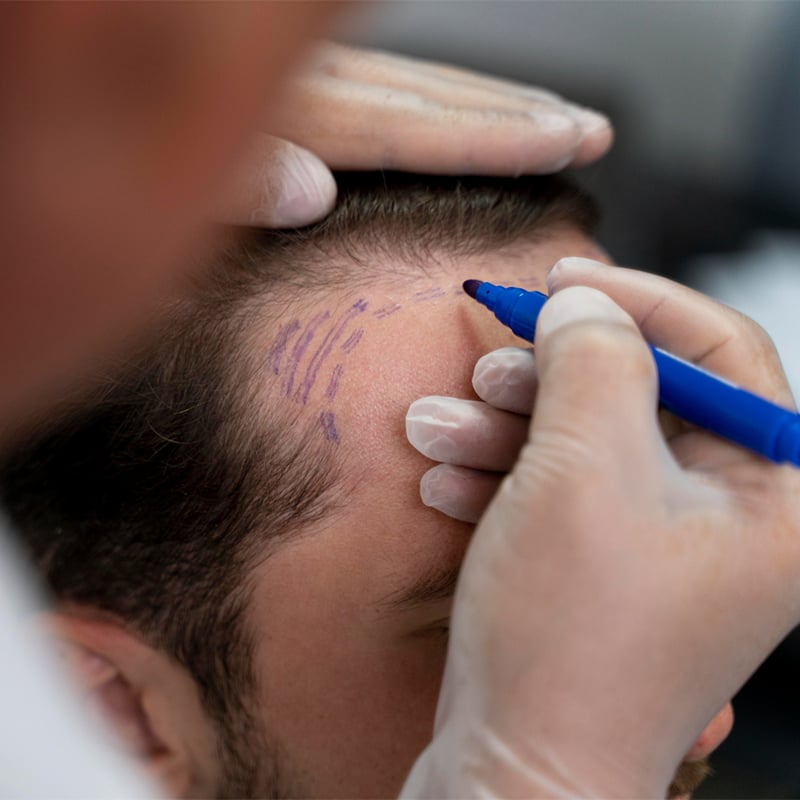
What is the latest technique in hair transplant?
One of the latest hair transplant methods that is widely utilized in Turkey is the DHI technique. DHI primarily relies on an implanter known as a "Choi Pen," which, with a single click, can simultaneously create tiny channels and implant the grafts.
FUT vs FUE hair transplant
Two distinct hair transplant techniques that can encourage the growth of new hair in balding areas are FUE and FUT. An individual hair follicle is separated from a strip of scalp from the back or side of the head during a process called Follicular Unit Transplantation, or FUT for short.
During a process called "follicle unit extraction," or FUE, tiny, circular tools are used to remove individual hair follicles directly from the scalp. Every strategy has advantages and disadvantages. FUT is more cost-effective in producing hair, but it heals more slowly and leaves a linear scar. Although FUE can reduce visible scarring and expedite healing, it may also result in lower density and higher costs.
Depending on each patient's preferences, objectives, and suitability, a different approach may be better.
Is FUE or DHI better?
While both FUE and DHI are well-liked and successful hair transplant procedures, some distinctions between them might make one of them more appropriate for your circumstances. While selecting between FUE and DHI, keep the following things in mind:
-
The cost: FUE is cheaper than DHI, as it requires less time, skill, and equipment.
- The shaving: DHI only calls for shaving the donor area; FUE calls for shaving the entire head, including the recipient and donor areas. Those who are worried about the appearance of their scalp following surgery or who wish to maintain their current hairstyle and length may find this to be a factor.
- The density: DHI can achieve higher density than FUE, as it can implant more hair follicles per square centimeter, up to 50-60 grafts, while FUE can implant up to 40-50 grafts.
- The naturalness: DHI can yield a more aesthetically pleasing and natural result than FUE because it can follow the hair's natural direction and angle and remove any artificial gaps or patterns.
- The healing: Compared to FUE, DHI can create smaller, smoother holes that heal more quickly and don't injure the scalp as much, which can shorten healing times and lower the risk of problems.
What is the fastest hair transplant technique?
FUE is a quick hair transplant method that takes individual hair follicles from the donor area and implants them in the balding area. In Turkey, FUE takes 4 to 8 hours and heals in 7 to 10 days. FUE can be done in one session, unlike other methods.
How to choose the best hair transplant technique for your situation?
The ideal way to choose the best hair technique for your situation is to consult an experienced hair transplant who can assess the condition of your hair loss, evaluate the donor's hair, and recommend the most appropriate technique for you. You can also do some online research on the best clinics, read reviews, see before and after photos, and compare different technologies and clinics. Take into account the budget that suits you and that varies by technique.
Why should you do a hair transplant in Turkey?
Turkey is one of the best places to do a hair transplant in the world, for many reasons, such as:
-
The quality: The quality: Turkey offers top-notch medical care, with cutting-edge facilities, skilled physicians, and cutting-edge technologies. The International Society of Hair Restoration Surgery (ISHRS), which guarantees the caliber and security of hair transplant operations, is another organization that Turkey is a member of.
-
The price: Turkey offers affordable prices for hair transplants, compared to other countries.
-
Tourism: Turkey is a beautiful and diverse country, with rich culture, history, and nature.
Hair transplant at Mira clinic in Istanbul, Turkey
Mira Clinic in Istanbul, Turkey is a trusted and reputable hair transplant clinic, with over a decade of experience and thousands of happy clients. Mira Clinic has a team of certified and experienced hair transplant surgeons, who use different techniques such as FUE, DHI, Sapphire, and Berkutan. Mira Clinic provides a complete and customized service, from the first consultation to the last check-up, including the stay, travel, and care. Mira Clinic ensures quality and satisfaction, with a lifetime guarantee and a free touch-up if needed. Mira Clinic has a fair and clear price, with no extra costs or surprises. Do not hesitate to communicate with us via our website, email, or social media account and get your free online consultation.
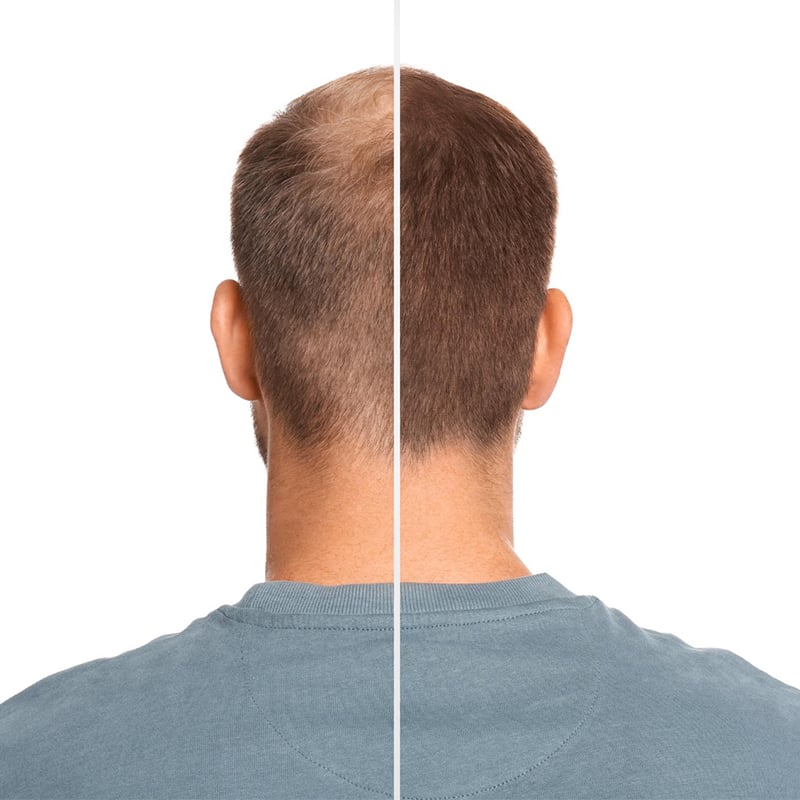
Resources:
- Transplants: What to Expect
- https://www.webmd.com/skin-problems-and-treatments/hair-loss/hair-transplants
- Hair Transplants and Treatment
- https://www.healthline.com/health/hair-transplant
